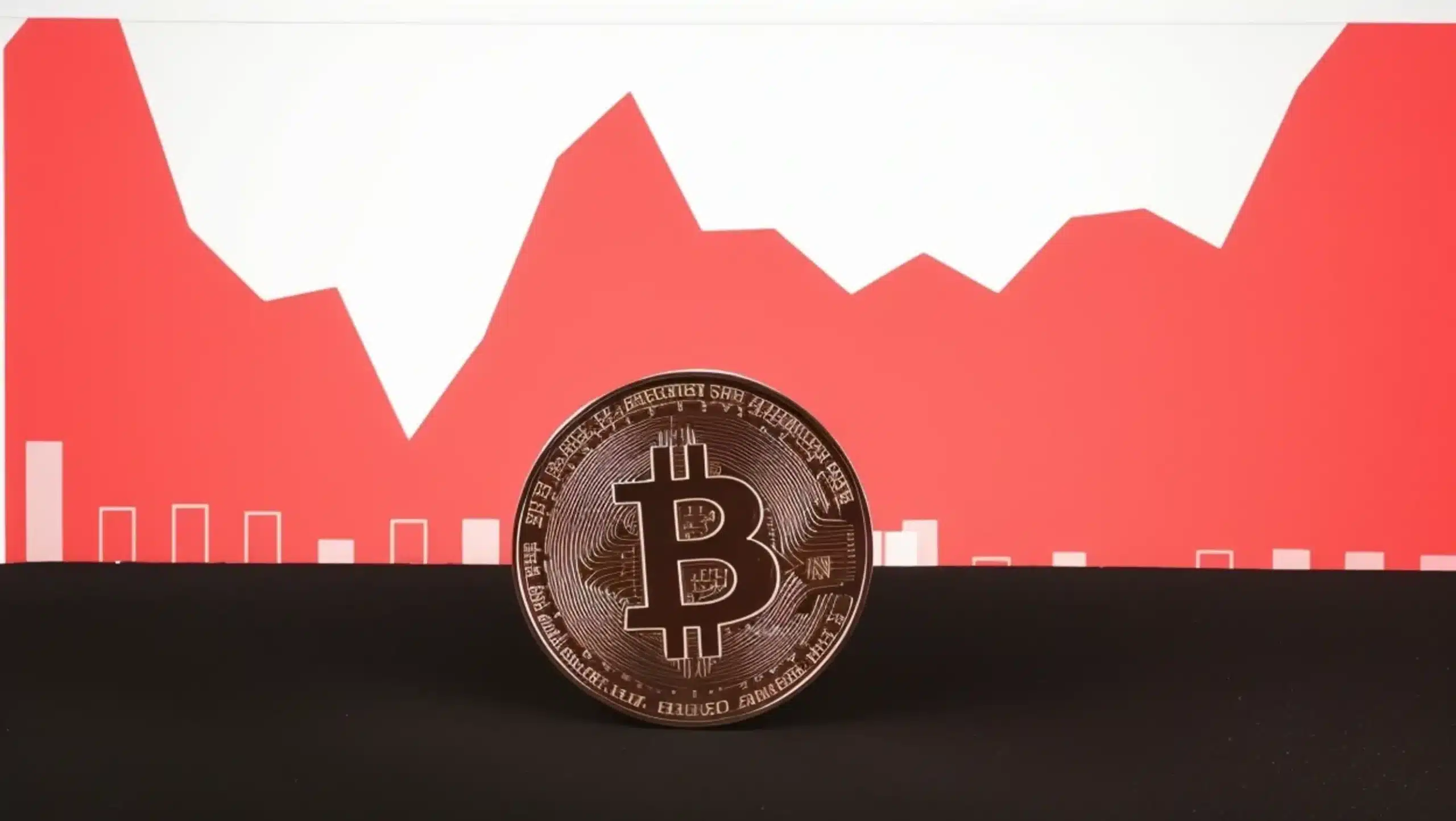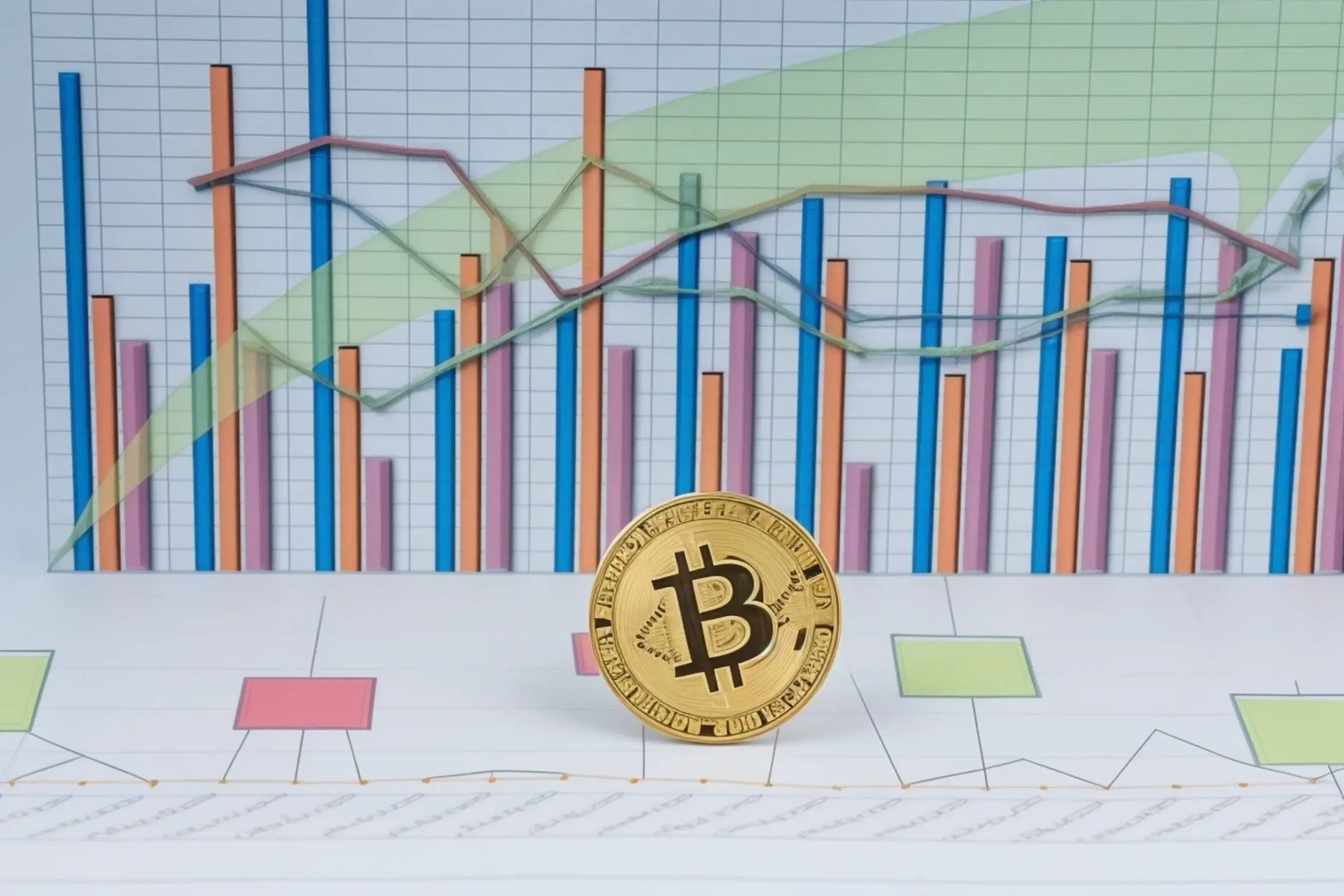Why Market Timing Is About to Change Everything in Crypto Investments
With rapid shifts in the crypto landscape, understanding crypto market timing is crucial for maximizing returns. Retail traders and investors alike must adapt their strategies to navigate these changes, ensuring enhanced profitability and informed decision-making moving forward.
Significance of Crypto Market Timing in Investments
Market timing refers to the strategy of making buy or sell decisions of financial assets by attempting to predict future price movements. In the realm of crypto investments, this concept has taken on renewed significance as market cycles increasingly dictate investment outcomes. Investors who understand these cycles can better navigate the tumultuous waters of the crypto sector.
The impact of market cycles on decision-making cannot be overstated. These cycles are often driven by external factors such as regulation, technological advancements, and market sentiment. For example, in bullish markets, novice and experienced investors alike tend to rush into investments, often leading to inflated asset prices. Conversely, during bearish phases, fear can trigger mass sell-offs, often resulting in loss. Observing these cycles allows traders, particularly retail traders, to maximize returns by entering and exiting markets at optimal times. A recent report highlights that retail traders are increasingly learning about market timing as new crypto bets gain traction.
Retail Traders: Adapting to Changing Market Dynamics
Retail traders face unique challenges in the rapidly evolving crypto market. Unlike institutional players, retail investors often have fewer resources and less information. The volatility inherent in crypto markets means that timing becomes especially critical for these investors. However, retail traders can implement several strategies to thrive amid these market dynamics.
One effective strategy involves using technical analysis to identify market trends. Tools like moving averages and Relative Strength Index (RSI) can give traders insights into potential market movements. Additionally, staying informed through news outlets and cryptocurrency-specific platforms can provide timely information regarding regulatory changes or technological innovations that may affect the market. Successful retail traders often share their experiences, exemplifying how they capitalized on timing strategies during both bullish and bearish phases. Adapting resilience alongside timing can significantly increase chances of success.
Current Trends in Crypto Investments
The crypto market is continuously reshaped by technological innovations and shifting consumer behaviors. Nowadays, decentralized finance (DeFi) and non-fungible tokens (NFTs) are not just trends; they are transforming investment strategies. As a result, the influence of technology on market timing strategies has grown significantly.
For instance, algorithmic trading has emerged as a method that allows traders to execute timely trades based on pre-defined criteria, maximizing speed and efficiency. Moreover, the increasing mainstream adoption of cryptocurrencies is altering how investors view and approach crypto investments. Data suggests that as traditional financial institutions embrace digital currencies, consumer confidence grows, subsequently affecting market timing decisions. This relationship between mainstream adoption and individual investment behavior is becoming more evident as markets evolve.
Impacts of Market Timing on Crypto Strategies
Timing is a pivotal element that can substantially impact various market strategies utilized by investors. Successful timing can differentiate between significant profits and severe losses. Case studies of notable traders reflect this reality vividly. For example, there are instances where investors have capitalized on entering the market early during bullish trends, maximizing their returns, whereas those who hesitated often faced steep losses as prices fell.
Additionally, psychological factors play a crucial role in timing decisions. Fear and greed can lead traders to make impulsive decisions, often against their strategies. Understanding these psychological triggers not only aids in better timing but also fosters more disciplined trading approaches that can enhance overall market outcomes.

Actionable Strategies for Investors
For investors looking to optimize their market timing, several actionable strategies can be employed. First, thorough research and analysis are paramount. Investing time in understanding market trends and historical data can provide insights into future movements.
Moreover, utilizing various tools and resources to track market trends can enhance investment decisions. These might include portfolio management applications, price alert tools, and market analysis platforms. Implementing systematic approaches, such as dollar-cost averaging, can also help mitigate risks, especially in volatile markets.
Ultimately, investors can prepare themselves to adapt quickly and efficiently when market conditions shift. Leveraging community forums and educational resources tailored to crypto investing further aids in developing a more informed investment strategy.
The Future of Crypto Market Timing
The future of crypto market timing is poised for evolution. As the crypto space matures, advancements such as AI-driven models and sophisticated analytics will likely reshape timing strategies. These advancements promise to provide more accurate predictions and analysis, significantly reducing the guesswork that often accompanies trading decisions.
However, with evolving technologies come potential regulatory implications. Changes in policy can significantly affect market behavior and timing strategies. As industry experts speculate on future market movements, insights reflect both optimism and caution, emphasizing the importance of staying informed in a rapidly changing landscape.
In conclusion, while the essence of market timing in crypto investments will remain, the methods and implications surrounding it are set to transform. Keeping abreast of these changes will empower investors to make informed decisions, allowing them to capitalize on the ever-fluctuating market.




















